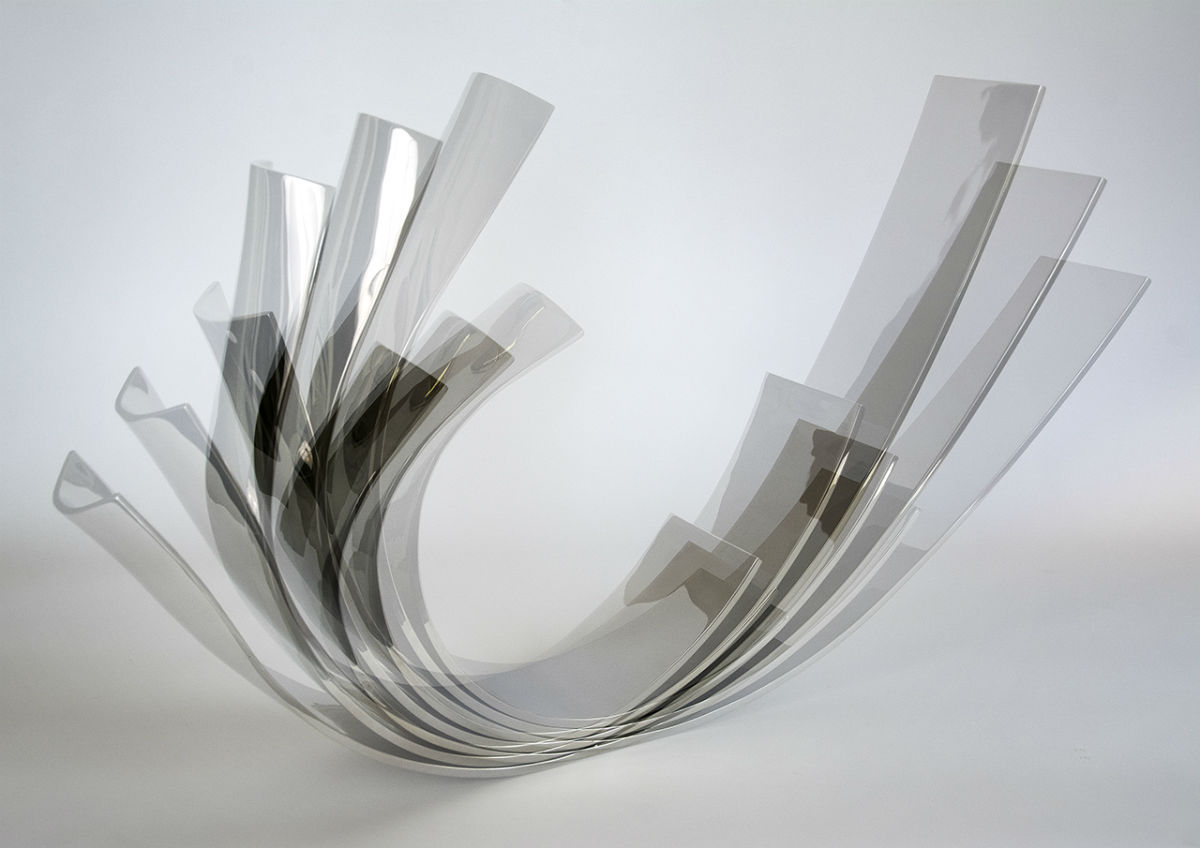
Tarik Currimbhoy Interview
Tell us about your childhood and how your home and surroundings influenced you.
My childhood days were spent in Bombay, India. My father was a playwright who would visit America where his plays were staged on Broadway and bring back toys for me that had to be constructed. They were balsa wood airplanes, kites, cars, and transistor radios that had to be put together. I loved trying to figure out how to assemble them all. My favorite was a plastic toy airplane that worked on fuel, triggered by a battery controlled by tension cables that operated the tail fin that moved up and down. I used to make my own kites and fly them from the terrace of our home. I took great delight in how things worked.
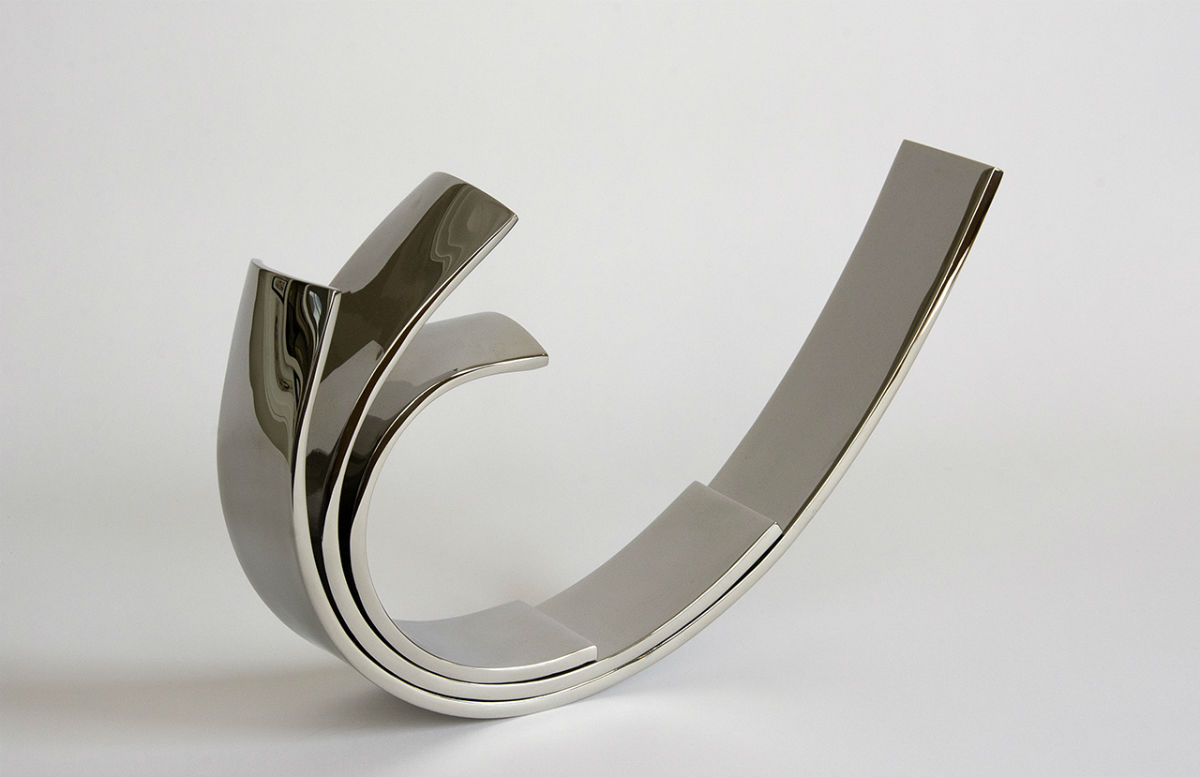
How has your architecture, design, and building experience aided your sculpting? Do you see a relationship between designing interiors and buildings and your current work as a sculptor?
I came to America to go to the Pratt Institute to be a painter, found that sculpture appealed to me more, and so I got my degree in the Bachelor of Fine Arts with Industrial Design as my major. Then I went to Cornell and again to Pratt getting first, a Master of Arts degree followed by a degree this time in Architecture. Luis Barragán, the Mexican Architect/Sculptor was my inspiration. I was fascinated by his use of forms and water with horses to give them scale.
I loved St. Patrick’s Cathedral in New York where flying buttresses supported the central open space of the church as well as the lintels that supported the entry ways and windows. I loved the city of Jaiselmer in India where one stone was placed over the other structurally supporting each other and together forming a vocabulary of shapes.
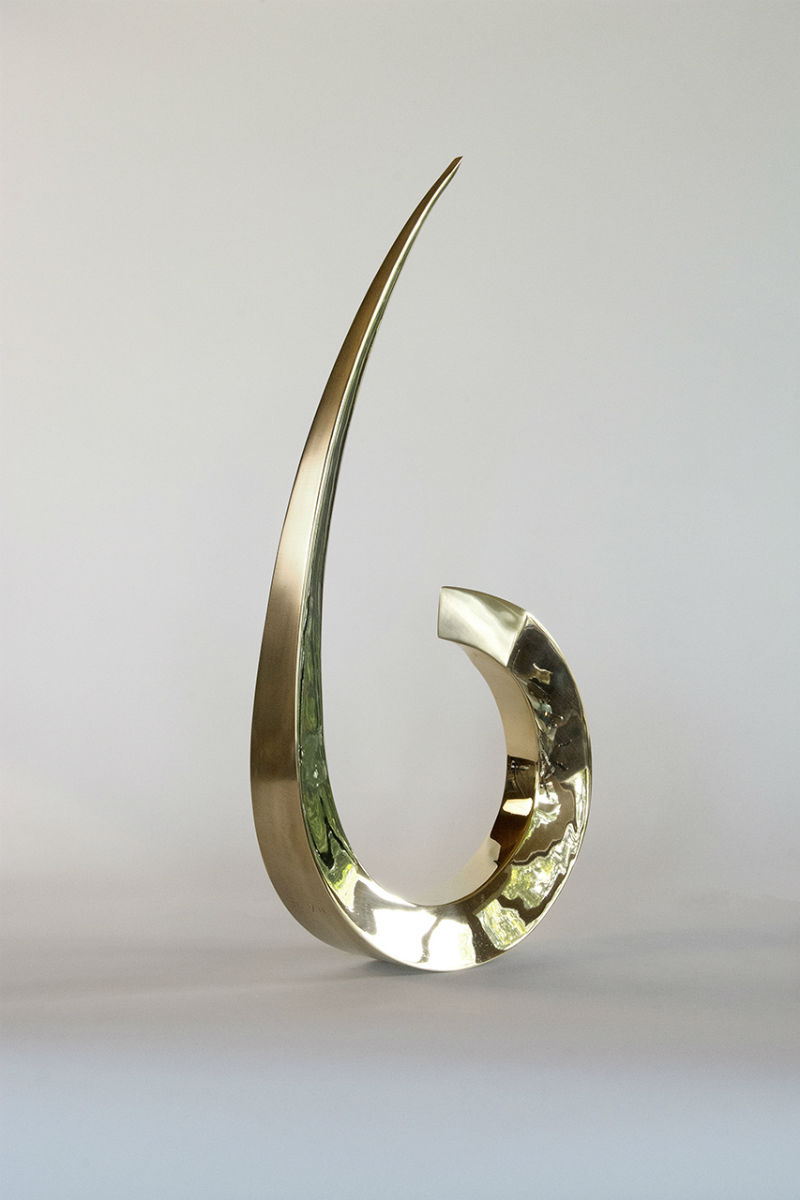
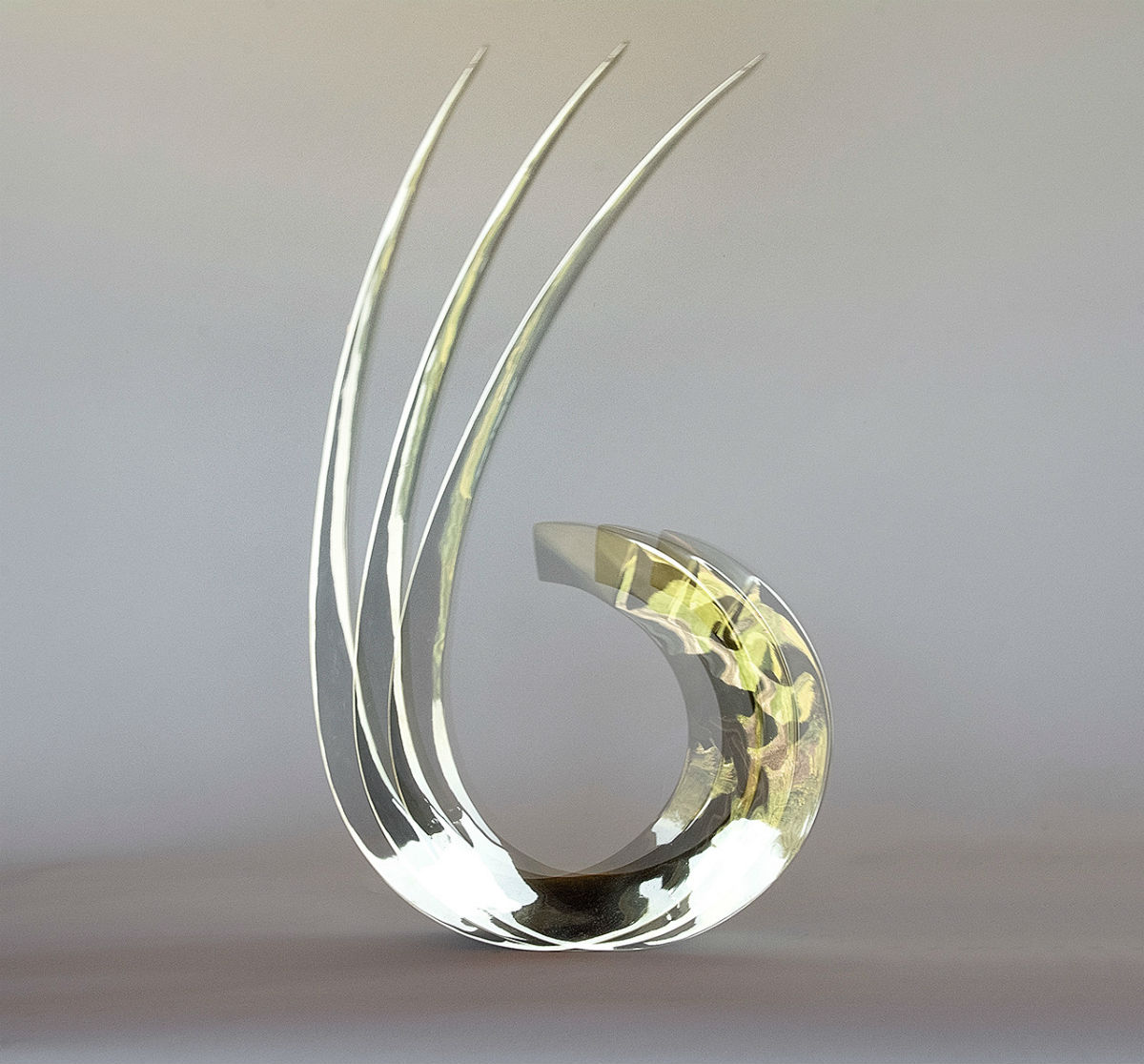
Your kinetic sculptures are all about bringing life to an otherwise inanimate figure. Describe your feeling as your work develops in perfect synchronization with your imagination.
I love to see a ballerina balancing on her toes, when she dances she creates kinetic energy all around her. Composing shapes and forms as she gracefully moves. This conversation of static and kinetic movement is the inspiration for my sculpture. I see my sculpture as simple, gentle and graceful – when moved it takes a life of its own. In the Pendulum, the large stainless steel sculpture rocking with its smaller bronze pendulum creates its own magic – talking to each other, moving at different speeds, creating its own rhythm.
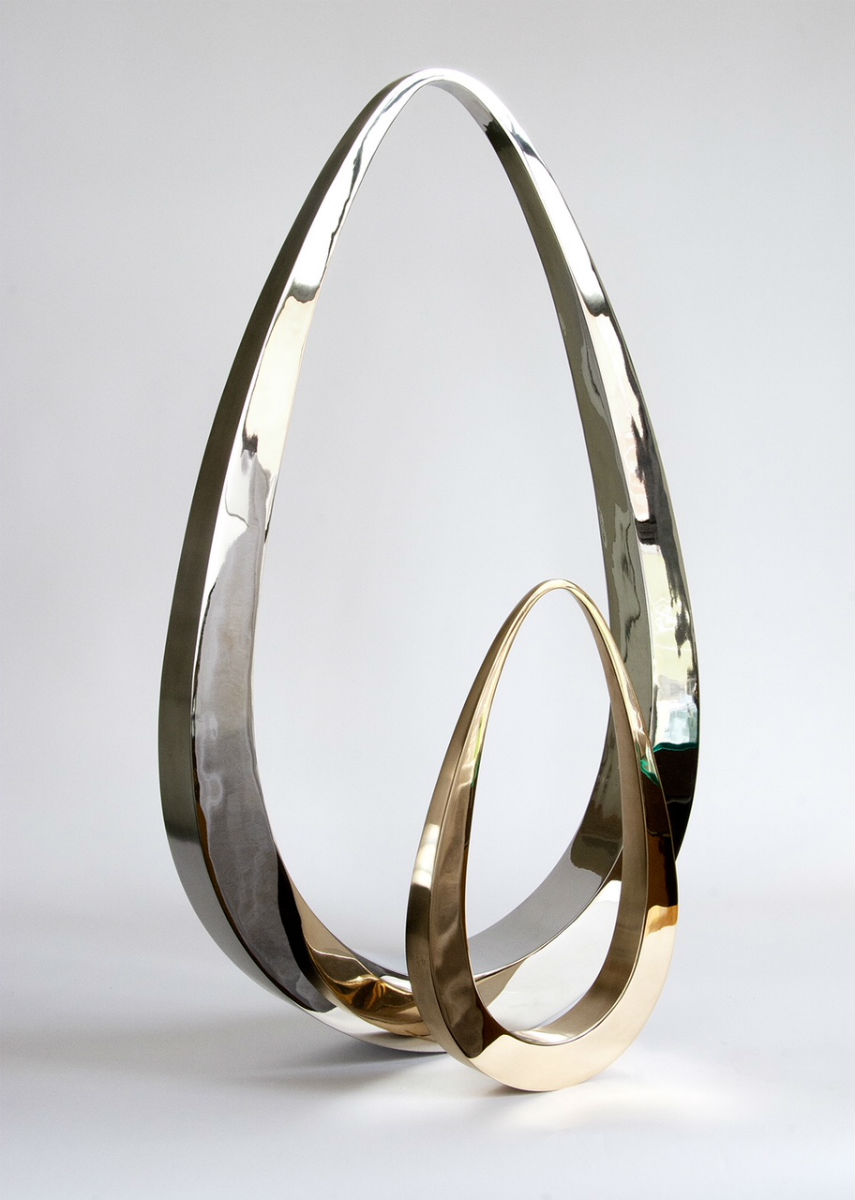
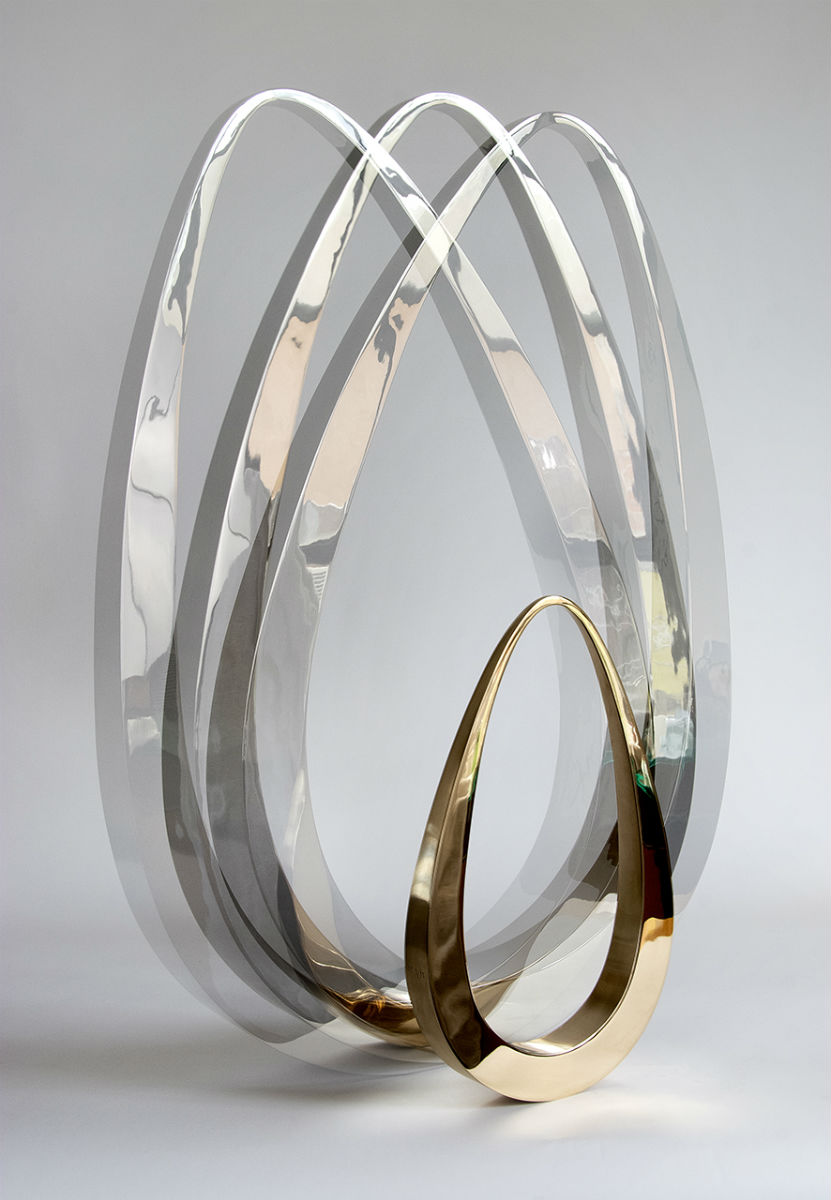
What is the process of making these works? How long does it typically take to create a sculpture?
My process of creating a sculpture is a distillation process where the form is reduced to its basic element of simplicity. The material used is pure and its weight balances the sculpture and the center of gravity, when moved, causes it to rock gently. It takes 6 months to create a sculpture. The techniques used are ancient methods to create modern forms.
The process goes through various stages. Empathetic sketch, models in cardboard and plaster, then in styrene to get its beauty. Followed by wood and aluminum to study its weight and movement. Finally, the aluminum is sand cast into bronze or heated on a fire and hammered into a shape. The aluminum is covered in sand and melted. Into this sand mild form liquid bronze is poured. The process is much like lost-wax cast, as with the Pendulum. The other blacksmith process is when the steel is heated and then hammered into shape, as with The Wave. When cooled, the sculpture is hand sanded and polished.
video courtesy of Long-Sharp Gallery
You’ve created and co-designed some monumental sculptures and buildings – headquarters for McKinsey & Co. in Gurgaon, India; The Ellipse at the Omi Sculpture Park in upstate New York; The Raincatcher, an observatory installed in a private estate in New York; a 30,000 square foot Italian Renaissance style Mansion, in Jaipur, India; and, the Aura Skyscraper in New York, among others. How does your approach change for such different styles?
As an architect I believe in context. I like my work to be a part of nature yet having its own personality. All my sculpture is based on the religion of gravity and weight creating simplicity and purity. Like a ball it is easy to read and enjoy as it rolls.
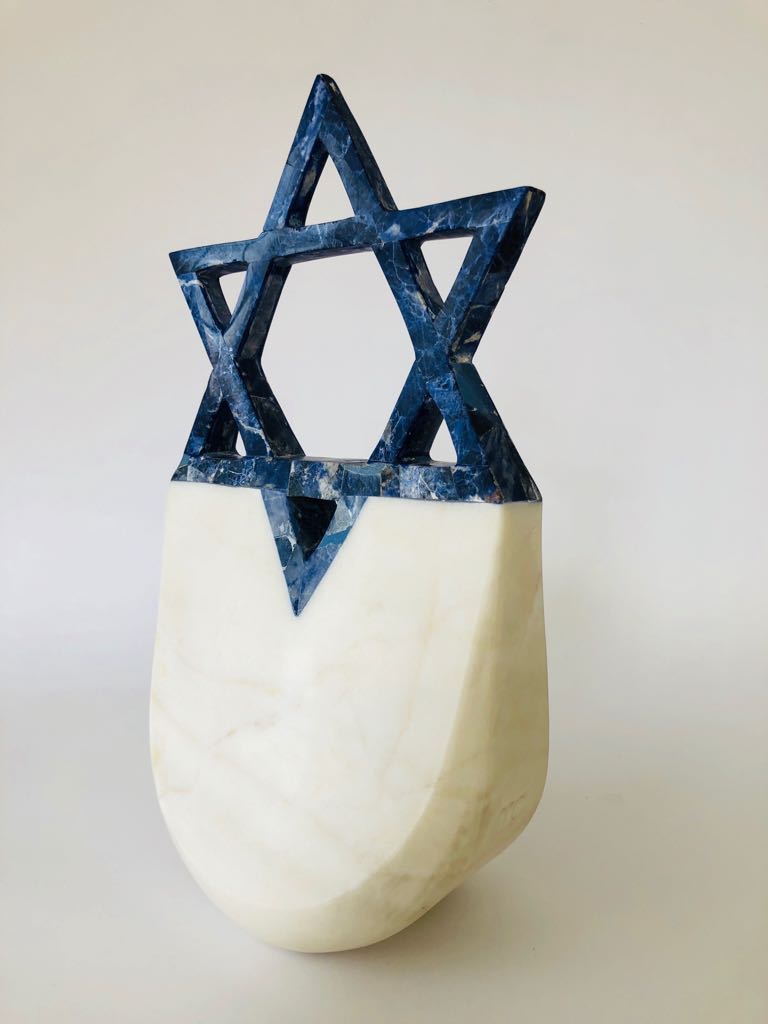
Which piece or collection to date has given you the most satisfaction?
As a sculptor “Tarana” has been most challenging. It grew from a circle that twisted and stretched itself out to the sky at 20 feet tall. Like a ballerina it stands gracefully. When looked at from various angles the conversation between the positive and negative spaces are fluid and natural. Various models were made in styrene, wood, and stainless steel at 18 inches high then was blown up at 20 feet then was changed accordingly to make it read right in a monumental size. It was structurally engineered and detailed with uttermost care. Finally, a plinth with footings 15 feet deep were designed to hold the 2-ton structure at wind speeds of 60 miles an hour. Today this sculpture stands at Vimala Vidyalaya, a school in India. It was designed to be made in stainless steel for Harvard Business School in America and was nominated by Dean Nitin Nohria. This whole experience was my most significant achievement.
How would you define beauty?
A form which withstands the test of time in its simplicity, grace, and beauty is a successful sculpture. It is beautiful when stationary and when moving creates its own dynamics. This lives on forever through life, timeless. I strive for this success in my sculpture.
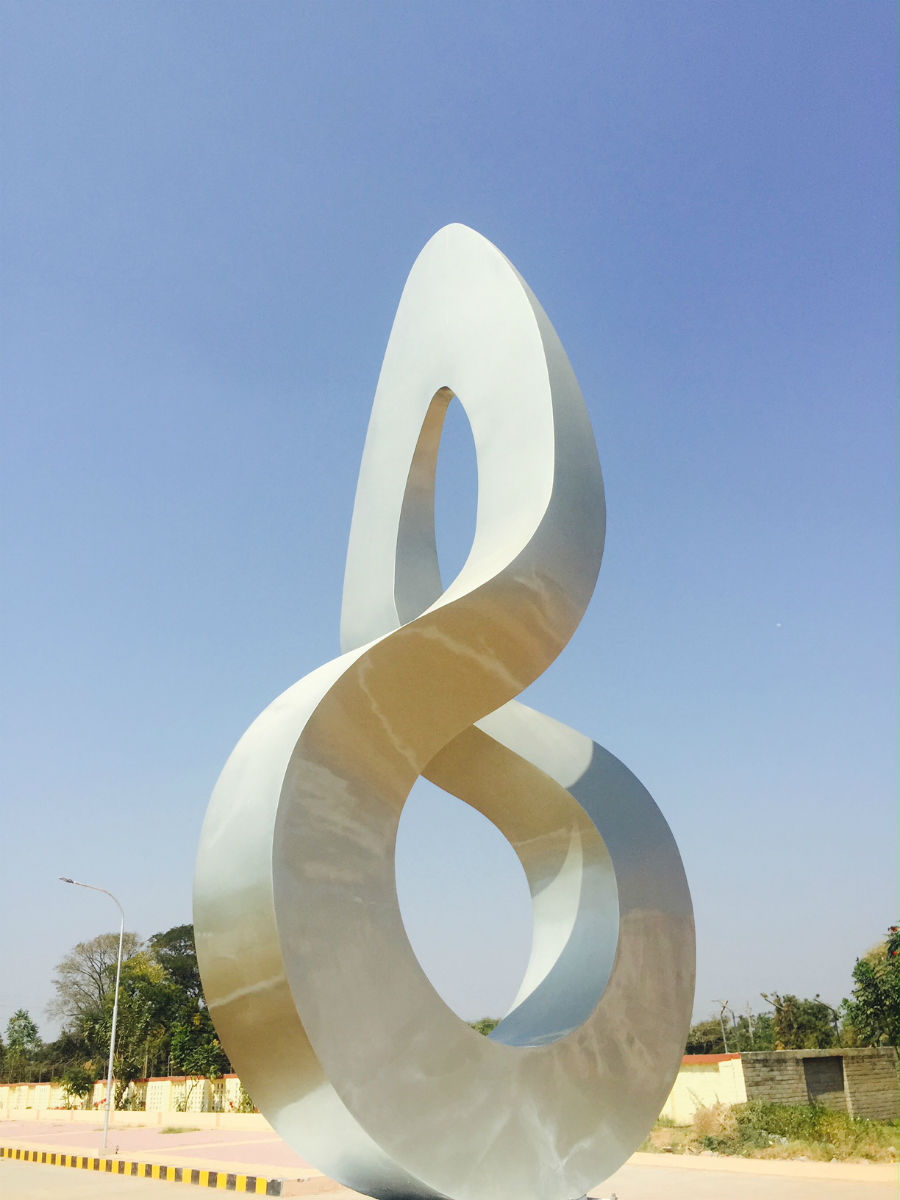
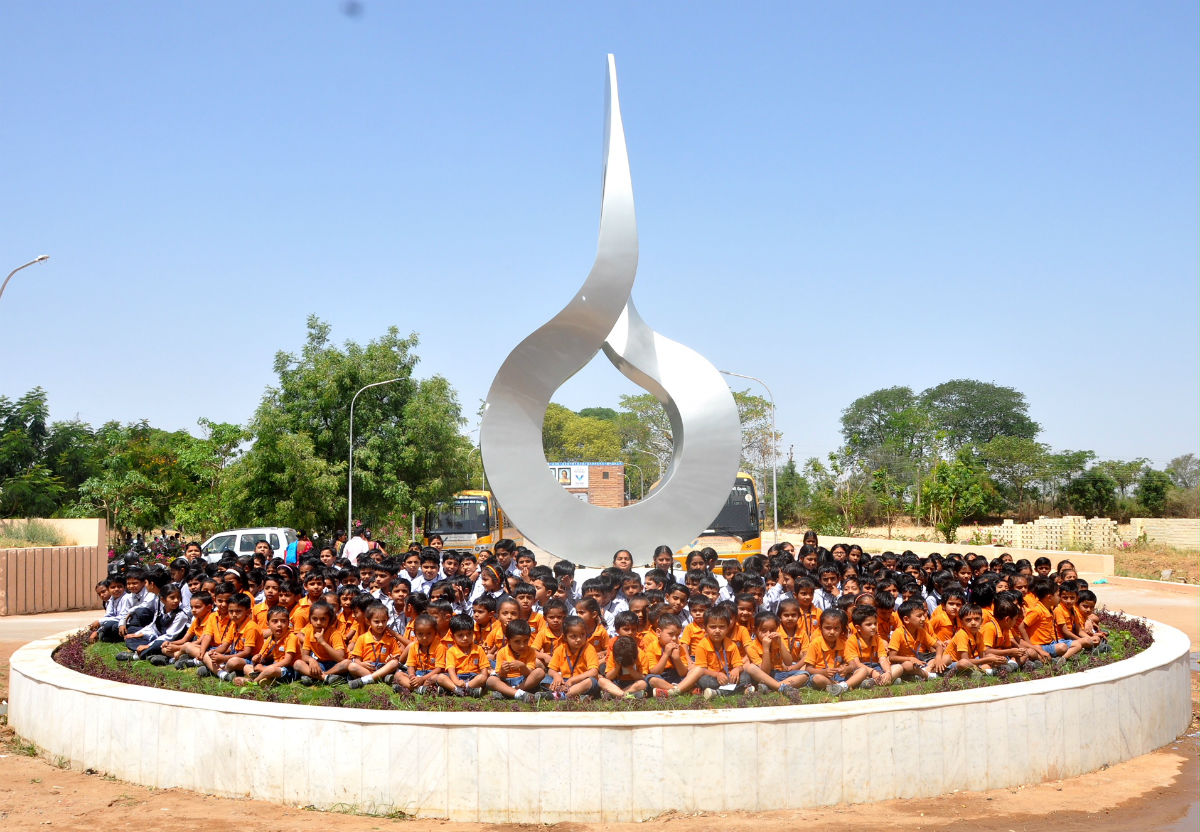
What hobbies or interests do you have that might surprise people?
I love to people watch in New York City. It is a mecca where tourists come from all over the world. On the weekend I love to barbecue for family and friends. I love to draw, freezing memories.
What advice would you give to a young artist following in your steps?
I would say, “Dream.” Fall in love and follow your dreams. Everyone has a genius within them that needs to be nurtured and developed. Life is a long journey and let this genius within you be the fire that leads you forward into the world.
video courtesy of Long-Sharp Gallery
Editor: Lisa Portscher